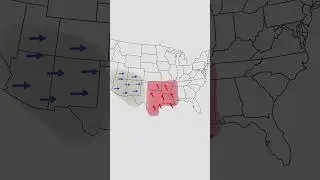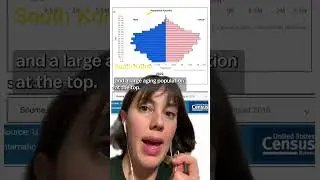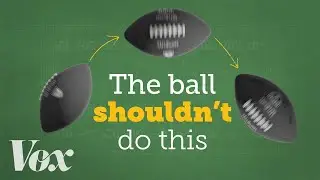How leap year works
Because the solar system doesn't care about our calendar.
Subscribe to our channel! http://goo.gl/0bsAjO
This fact has been vexing humans for centuries: Earth's year (one orbit around the sun) isn't neatly divisible by its day (one rotation about its axis). One full orbit takes more than 365 days but less than 366.
That's not surprising — there's no reason for the two to be linked. The trouble comes when we try to overlay a useful calendar onto this random system. And as a result, our annual calendar is always slightly wrong.
Leap year is our jury-rigged solution to this problem. To nudge our calendar closer to accuracy, we simply stick an extra day at the end of February every four years. Without it, our calendar would slowly shift further and further from the true year.
But technically, we should only add 97 percent of a day. Sounds close enough but after a century, we've overcorrected the calendar by nearly a day, so there are additional "rules." Science writer Phil Plait shows all the frustrating math on this, but here's the takeaway:
If the year is divisible by 4, then it’s a leap year, UNLESS
it’s also divisible by 100, then it’s not a leap year, UNLESS FURTHER
the year is divisible by 400, then it is a leap year.
And even after all these adjustments, the calendar will gradually shift over millennia. February 29, then, is an occasion to mark the indifference of space. The chaotic formation of the solar system gave rise to Earth's life-friendly orbit and rotation. Only billions of years later did the resulting creatures try to coordinate their schedules.
Vox.com is a news website that helps you cut through the noise and understand what's really driving the events in the headlines. Check out http://www.vox.com
Check out our full video catalog: http://goo.gl/IZONyE
Follow Vox on Twitter: http://goo.gl/XFrZ5H
Or on Facebook: http://goo.gl/U2g06o














![How will the next generation of cities address the challenges of climate change? [Ad Content]](https://images.videosashka.com/watch/ol6xKUkYyhM)
















